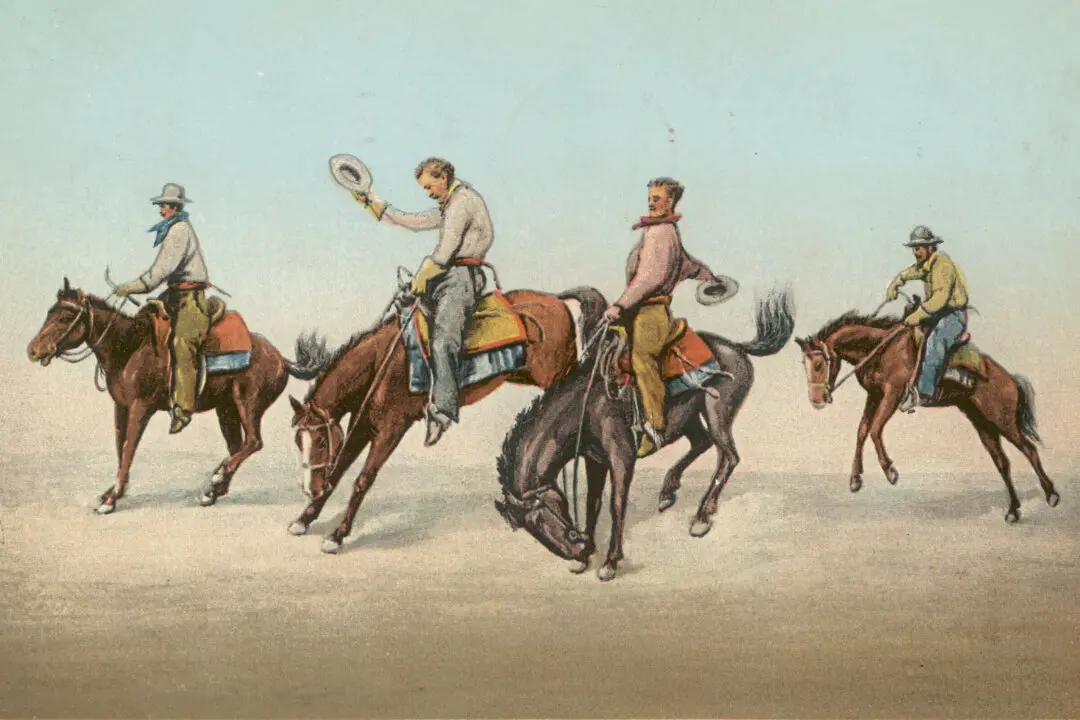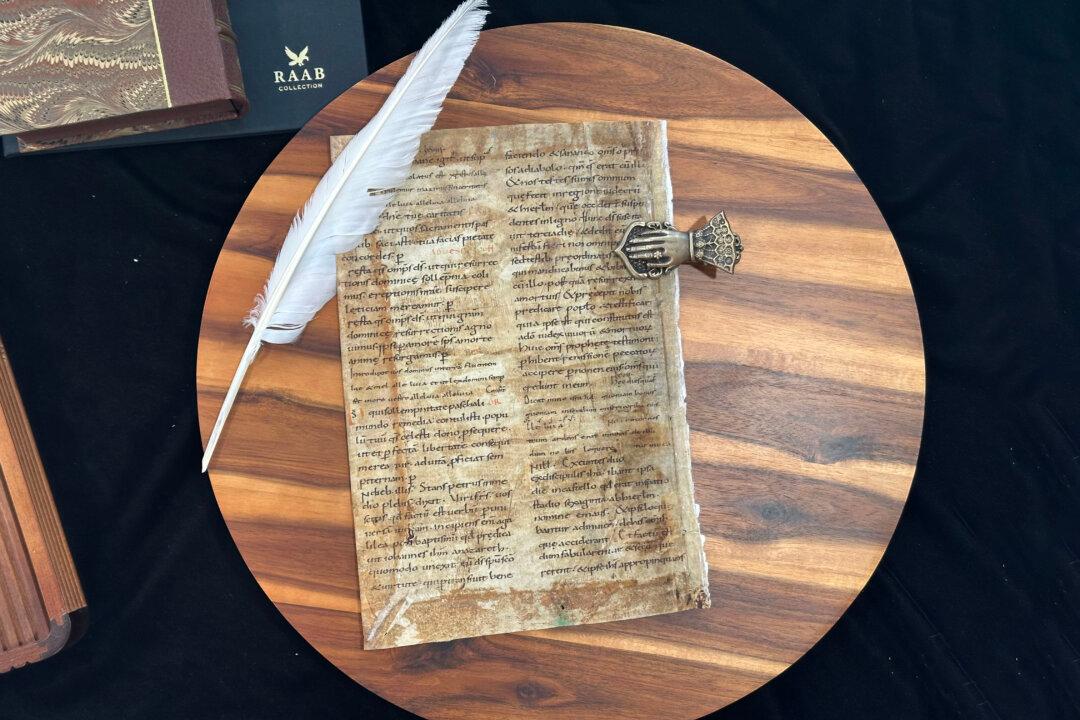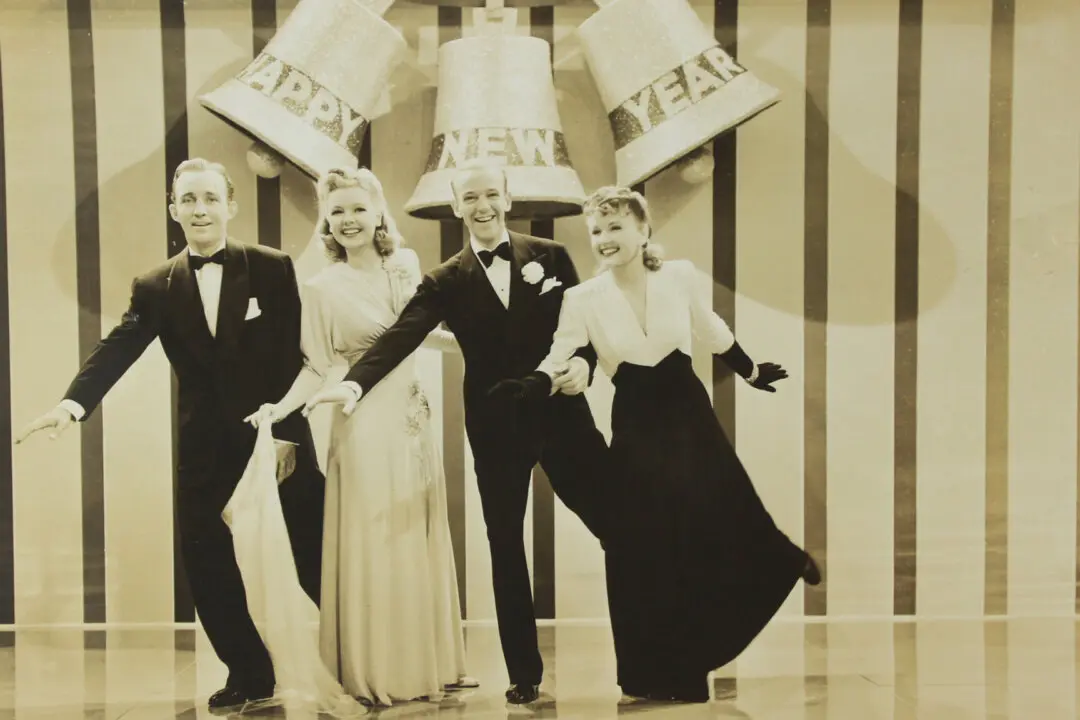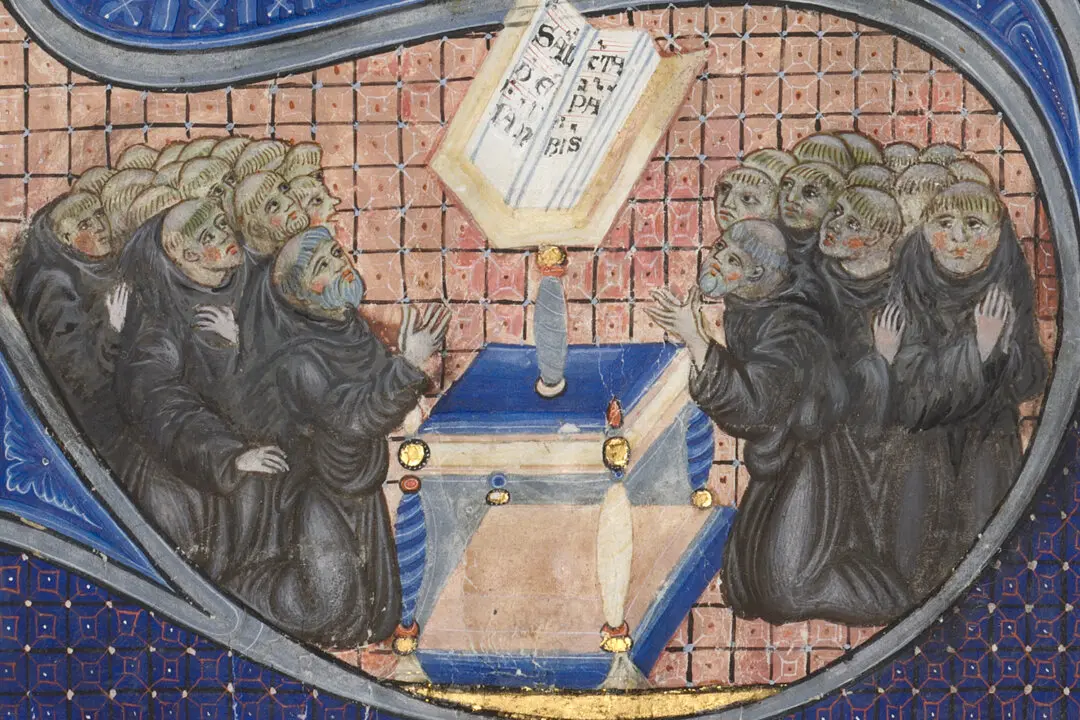As Rev. Joseph Mohr walked through his sleepy town of Oberndorf, Austria in 1816, the stillness left him in awe. The small, riverfront village had been caught between the crosshairs of the Napoleonic Wars for years, which had finally come to a close in 1815. Many of the townspeople worked along the neighboring Salzach River building boats and managing the salt barges and water routes. Their patience and dedication to their work translated to their personal lives as well, and they exhibited a noble resilience during the time of intense conflict. At the war’s conclusion, the people of Oberndorf bravely began putting the pieces of their town and culture back together.
That night in 1816 was one of the first nights in a long time Mohr and his fellow Austrians experienced peace. He was inspired by the strength of his village and the calm winter night. Later, he wrote down a poem about the peace experienced by the birth of Jesus, which he imagined, felt a bit like he did in that moment as his town experienced a rebirth of their own. That poem would go on to become one of the world’s most loved Christmas carols of all time, the tender ballad, “Silent Night.”





